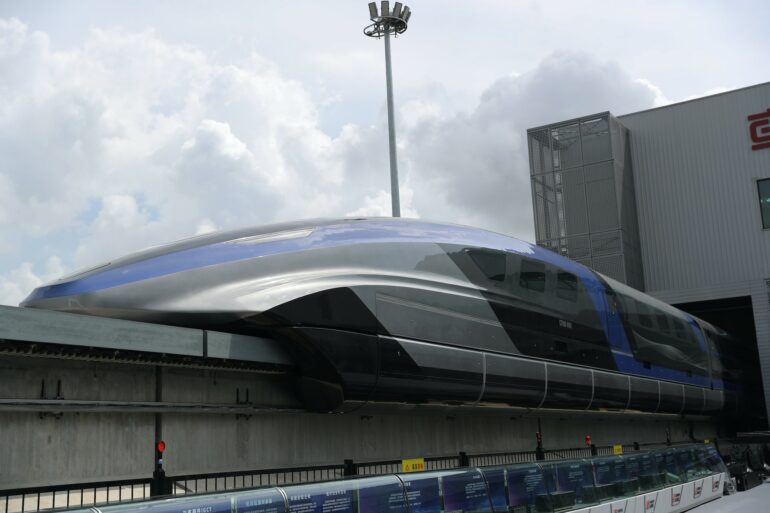Superconductors make highly efficient electronics, but the ultralow temperatures and ultrahigh pressures required to make them work are costly and difficult to implement. Room-temperature superconductors promise to change that.
The recent announcement by researchers at the University of Rochester of a new material that is a superconductor at room temperature, albeit at high pressure, is an exciting development – if proved. If the material or one like it works reliably and can be economically mass-produced, it could revolutionize electronics.
Room-temperature superconducting materials would lead to many new possibilities for practical applications, including ultraefficient electricity grids, ultrafast and energy-efficient computer chips, and ultrapowerful magnets that can be used to levitate trains and control fusion reactors.
A superconductor is a material that conducts direct current without encountering any electrical resistance. Resistance is the property of the material that hinders the flow of electricity. Traditional superconductors must be cooled to extremely low temperatures, close to absolute zero.
In recent decades, researchers have developed so-called high-temperature superconductors, which only have to be chilled to minus-10 degrees Fahrenheit (minus-23 Celsius). Though easier to work with than traditional superconductors, high-temperature superconductors still require special thermal equipment. In addition to cold temperatures, these materials require very high pressure, 1.67 million times more than the atmospheric pressure of 14.6 pounds per square inch (1 bar).
As the name suggests, room-temperature superconductors don’t need special equipment to cool them. They do need to be pressurized, but only to a level that’s about 10,000 times more than atmospheric pressure. This pressure can be achieved by using strong metallic casings.
Where superconductors are used
Superconductor electronics refers to electronic devices and circuits that use superconducting materials to achieve extremely high levels of performance and energy efficiency that are orders of magnitude better than can be achieved with state-of-the-art semiconductor devices and circuits.
The lack of electrical resistance in superconducting material means that they can support high electrical currents without any energy loss due to resistance. This efficiency makes superconductors very attractive for power transmission.
Utility provider Commonwealth Edison installed high-temperature superconducting transmission lines and showcased technologies to bring power to Chicago’s north side for a one-year trial period. Compared to conventional copper wire, the upgraded superconducting wire can carry 200 times the electrical current. But the cost of maintaining the low temperatures and high pressures required for today’s superconductors makes even this efficiency gain impractical in most cases.
Because the resistance of a superconductor is zero, if a…
